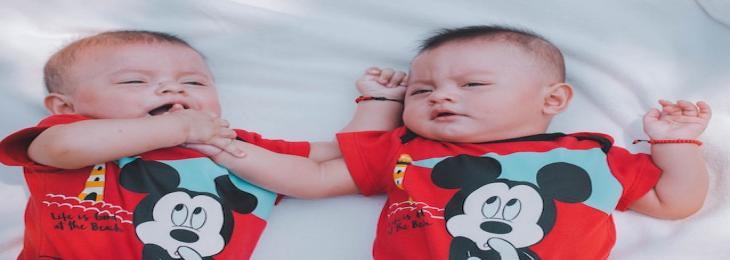Aug, 2022 - By WMR

Researchers found Strong visual similarity is linked to genetic similarity, according to a collection of images of genetically unrelated look-alikes and DNA research.
The growth of the World Wide Web and the possibility of exchanging human image files globally have led to an increase in the number of biologically unrelated people who have been recognised online as virtual twins. Manel Esteller, a senior author from the Josep Carreras Leukemia Research Institute in Barcelona, Spain, says the study advances the understanding of human likeness by demonstrating that individuals with extreme facial similarity share common genotypes however differ at the epigenome and microbiome levels. Esteller and his team's goal in the new study was to characterise random people with objectively similar face traits on a molecular level. In this year's Cell Reports, the work is published on August 23.
Canadian artist François Brunelle has been collecting images of lookalikes from throughout the world. 32 duplicate couples' profile photos were gathered. By comparing the results of three various facial recognition systems, the researchers came up with an objective similarity scale for the couples. The subjects also submitted saliva DNA for multiomics analysis and completed a thorough biometric and lifestyle questionnaire. Consequently, the findings showed that although these people had comparable genotypes, they have different DNA methylation and microbial landscapes.
Furthermore, there was a correlation between look-alike pairings of physical characteristics like weight and height and behavioural characteristics. Altogether, the findings imply that shared genetic variation may affect common behaviours and behaviour in addition to shared physical characteristics. It implies that these same determinants are related to both the physical and behavioural characteristics that comprise people.
Notwithstanding some limitations, the research may offer a molecular foundation for upcoming applications in a variety of domains, including forensics, evolution, and healthcare. Future developments in forensic medicine will be influenced by these findings by using DNA to rebuild the offender's face and for genetic diagnosis.

We will be happy to help you find what you need. Please call us or write to us: